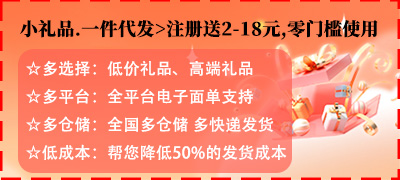pep四下shopping作业设计
pep四下shopping作业设计

Introduction
Shopping is an essential part of our daily lives, and it has become increasingly popular in the digital age. However, traditional shopping methods often involve long queues, limited selection, and high prices. To address these issues, PEP 442 Shopping Task Design was introduced to provide a more efficient and cost-effective shopping experience. In this article, we will explore how PEP 442 Shopping Task Design can be applied in various scenarios to enhance the shopping experience for customers.
PEP 442 Shopping Task Design Basics
PEP 442 Shopping Task Design is a set of guidelines that outline the steps and requirements for designing a shopping task. It includes identifying the target audience, setting goals and objectives, creating a shopping list, selecting products, comparing prices, and evaluating options. By following these guidelines, businesses can create a comprehensive shopping task that helps customers make informed decisions and save time and money.
Identifying the Target Audience
The first step in PEP 442 Shopping Task Design is to identify the target audience. This involves understanding their needs, preferences, and behaviors. For example, if you are designing a shopping task for a clothing store, you would need to know which types of clothing are popular among your target audience, their budget, and any specific features they may be looking for. By understanding your target audience, you can tailor your shopping task to meet their needs and preferences.
Setting Goals and Objectives
Once you have identified your target audience, the next step is to set goals and objectives for your shopping task. These goals should be specific, measurable, achievable, relevant, and time-bound (SMART). For example, if you are designing a shopping task for a hotel, your goal might be to increase revenue by 10% within six months. Your objective could be to attract more guests by offering special discounts or promotions. By setting clear goals and objectives, you can measure the success of your shopping task and make adjustments as needed.
Creating a Shopping List
Next, you need to create a shopping list based on your goals and objectives. This list should include all the products you need to purchase, along with their prices and availability. You can use various tools to help you create a shopping list, such as spreadsheets or online shopping platforms. Once you have created your shopping list, you can start researching the products and comparing prices.
Selecting Products
After researching the products, you need to select the ones that meet your goals and objectives. This involves analyzing the features, quality, and price of each product. You can also consider customer reviews and ratings to get an idea of how satisfied other customers are with the product. By carefully selecting the right products, you can ensure that your shopping task is successful and meets your customers" needs.
Comparing Prices
When selecting products, one of the most important factors to consider is price. You need to compare the prices of different products and choose the ones that offer the best value for money. You can use various tools to help you compare prices, such as price comparison websites or apps. By carefully considering the price of each product, you can make an informed decision and avoid overspending.
Evaluating Options
Finally, after selecting the products, you need to evaluate them against your goals and objectives. This involves assessing the quality, durability, and overall value of each product. You can also consider the shipping costs and return policies of each option. By carefully evaluating the options available, you can make an informed decision and choose the best product for your customers.
Conclusion
PEP 442 Shopping Task Design is a powerful tool that can help businesses improve their shopping experience for customers. By following the basic guidelines outlined in this article, businesses can create a comprehensive shopping task that takes into account their target audience, goals and objectives, and provides a well-rounded shopping experience. With the right approach, PEP 442 Shopping Task Design can help businesses achieve their desired outcomes and drive growth and profitability.
本网站文章未经允许禁止转载,合作/权益/投稿 请联系平台管理员 Email:epebiz@outlook.com













